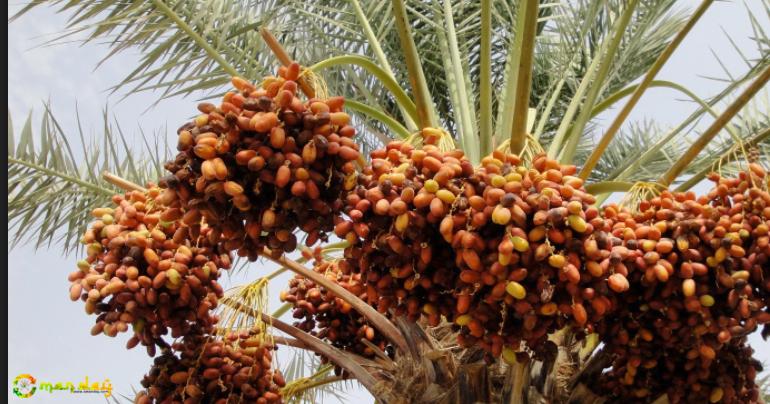Date palms a key source of livelihood for Omanis
Omanis have had a close relationship with date palm trees since ancient times. They pay attention and care to the fruits which constitute a part of their daily diet and livelihood.
Omanis use various parts of the plant such as its fronds and leaves to make a variety of handicraft products. The craft passed down generation renders an additional revenue for many families.
The pollination stage of the date palm starts after Tayah al Sarda (a very cold period) for some varieties of the dates, locally called Al Battash, Al Meznaj, Al Manhi, Al Gidmi, Al Naghal, Umm al Sala, Qash Thamid, and Qash Qaroot.
The pollination stage begins after the pollen sprouts.
The farmers directly place one to ten or slightly more date palm clusters in the pollen, or tie them up in the pollen with a light strip to enable the tape to open gradually with the growth of date suntil they are finally released from the material attached to it.
This method is used only for the types of palms, which have long clusters like Al Khenezi and Al Khisab. The process of selecting the plant variety in which the pollination process is carried out is important for the success of the breeding process, such as selection of varieties characterised by the quality of pollination. The tall clusters of Janadid or Al Fardh require this process. The farmers avoid pollination process on rainy days.
The period of waiting for the sprouting takes more than two months, following which begins the second stage – the pulling down of the date stalk to the level where the farmer can reach in the harvest time.
The second stage is of two types – first, pulling down the stalk and putting it on the leaves.
The second one is pulling down the stalk below the leaves and tying it. Harvesting starts after four months.
tag: oman-news , daily-oman
Share This Post






